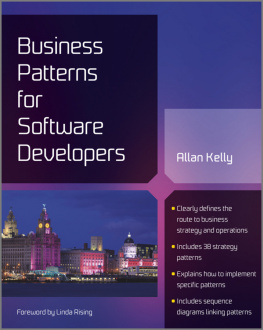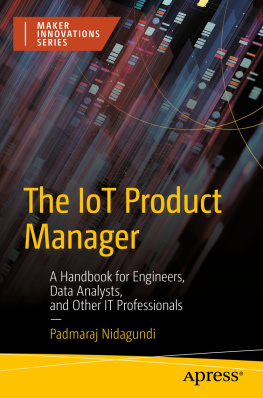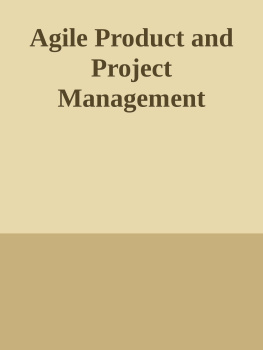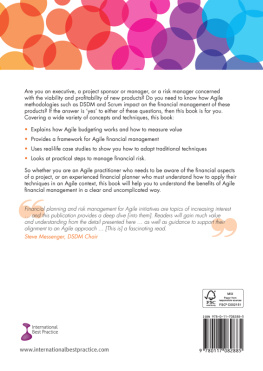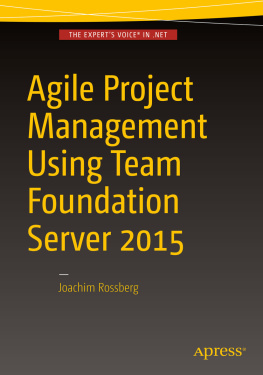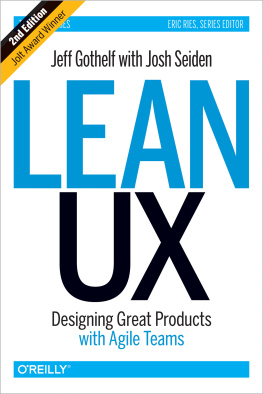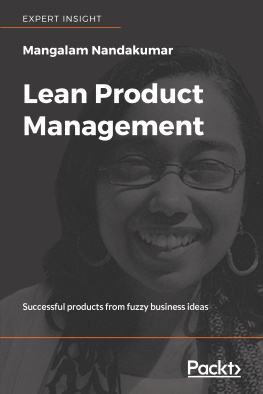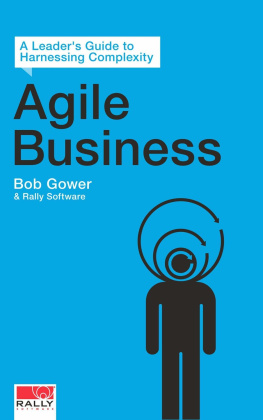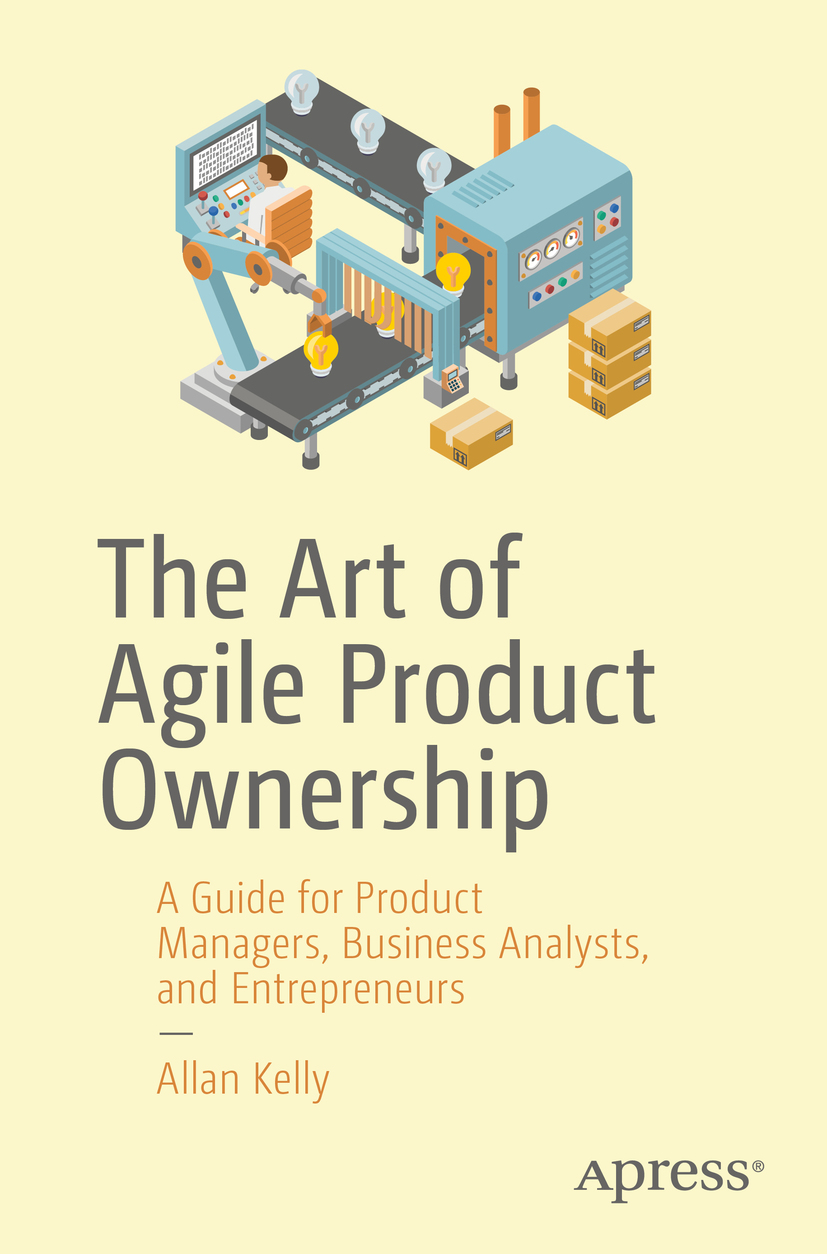George Hunter, Product Owner
Wednesday . George was the Tactical Product Owner, TPO, for the Cell Optimizer product. Project managers and operations staff regularly called him to discuss what Cell Optimizer could do and whether it would be useful for their work. In addition to answering their questions, he took notes on both how the product would help their project and how it could help them even morewhether by adding new features, enhancing existing features, improving performance, accuracy, ease of use, or one of a multitude of other attributes.
Most of Georges day was spent working with his technical team. Every second week they would hold a planning meeting. Today was the day before the planning meeting which meant George needed to comb through his product backlog and quarter plan to select the stories he wanted the team to tackle. Some of the stories he already knew could be broken downthese were Epicsbut the team always surprised him in finding interesting ways to break down what he thought was a small story into several smaller stories.
Normally he would sit down with Diana for a few hours during the backlog review, or at least the tip of top of the backlog. Diana was the Strategic Product Owneror SPOand also the R&D Centre chief. But this week Diana was in Dubai with clients and operations staff. Although he called her a couple of times to discuss stories, he made most of the decisions himself knowing she had delegated authority to him.
As he worked through his backlog and plans, he occasionally wondered over to see Ahmed, the technical lead. There had been a time when the whole team would be involved in reviewing the backlog, but over time some of the team complained that it was a waste of time. So, the team deputized Ahmed to attend the meeting; then Ahmed decided George could just ask him as needed. Tomorrows planning meeting offered plenty of time for technical conversations after all.
By the time he got on the tram to travel home, he was confident he had enough stories and jobs selected to keep the team busy, and a few more in case they were ready to stretch.
The next day, Thursday , started with a 90-minute demonstration of the work which had been completed during the previous two weeks. George already knew what the demo would contain as he had previewed and approved everything during the sprint. He could have done the demo himself, but he knew it was good to let Programmers and Testers show off their own work.
Most of the audience was Project Managers who wanted to use Cell Optimizer on their own projects. They were joined by some of the staff who would be hands-on with the product plus Product Owners and technical staff from other product streams which worked alongside Cell Optimizer.
Diana dialed in as did some operations Project Managers and other staff throughout the world. Occasionally one of the regional CxOs would too, especially if a high-profile project was involved.
He was on hand to discuss questions from the audience and take more notes on how they would like the product to evolveplus pick up whispers of new projects which might want to hire Cell Optimizer.
The demo went off without a hitchwhich didnt always happenand the team was clear to deploy the new software. While the rest of the team grabbed a coffee, Darren, the DevOps lead, would push the button to deploy Cell Optimizer to AWS. Later he would cut CDs to send to those who needed an on premise install. Not every user installed the latest version, but the team would only support the latest version, so the first thing anyone who had a problem needed to do was upgrade their software.
After coffee the team went into a retrospective for an hour and a half. The important thing was to find two or three things the team could improve. They didnt need to be the best ideasalthough that helped, they didnt need to argue, they just needed a couple of things which had the potential to improve performance by 1%. And if they tried something and it didnt help, then they simply undid the change.
The planning meeting finally happened after lunch. The first task was to clear down the board of all the work done and update the tracking graphs. With that done the team lead stepped back and George stepped to forward. He quickly outlined what he was aiming for in the next sprint and then laid out the stories he was requesting.
The team moved through the stories in priority order. One by one the team looked at the story, discussed what was wanted with George, rewrote the story, added acceptance criteria, and in many cases broke the story down into several smaller stories which George either kept in the sprint or pushed back to a later sprint. Often the team members broke stories down into technical tasks they needed to complete; this was more an act of collective design than work packaging.
It was only at this stage did the team add any effort estimates to the stories and tasks. Cell Optimizer was a little unusual here; most teams estimated three months worth of stories into the future. The Cell Optimizer team used to do this, but they found that they spent a lot of time estimating work which never actually got scheduled, so they calculated an average and told George to assume every story was four days work. Surprisingly this worked quite well, sometimes it was massively over and sometimes massively under, but eight out of ten times it worked well.


